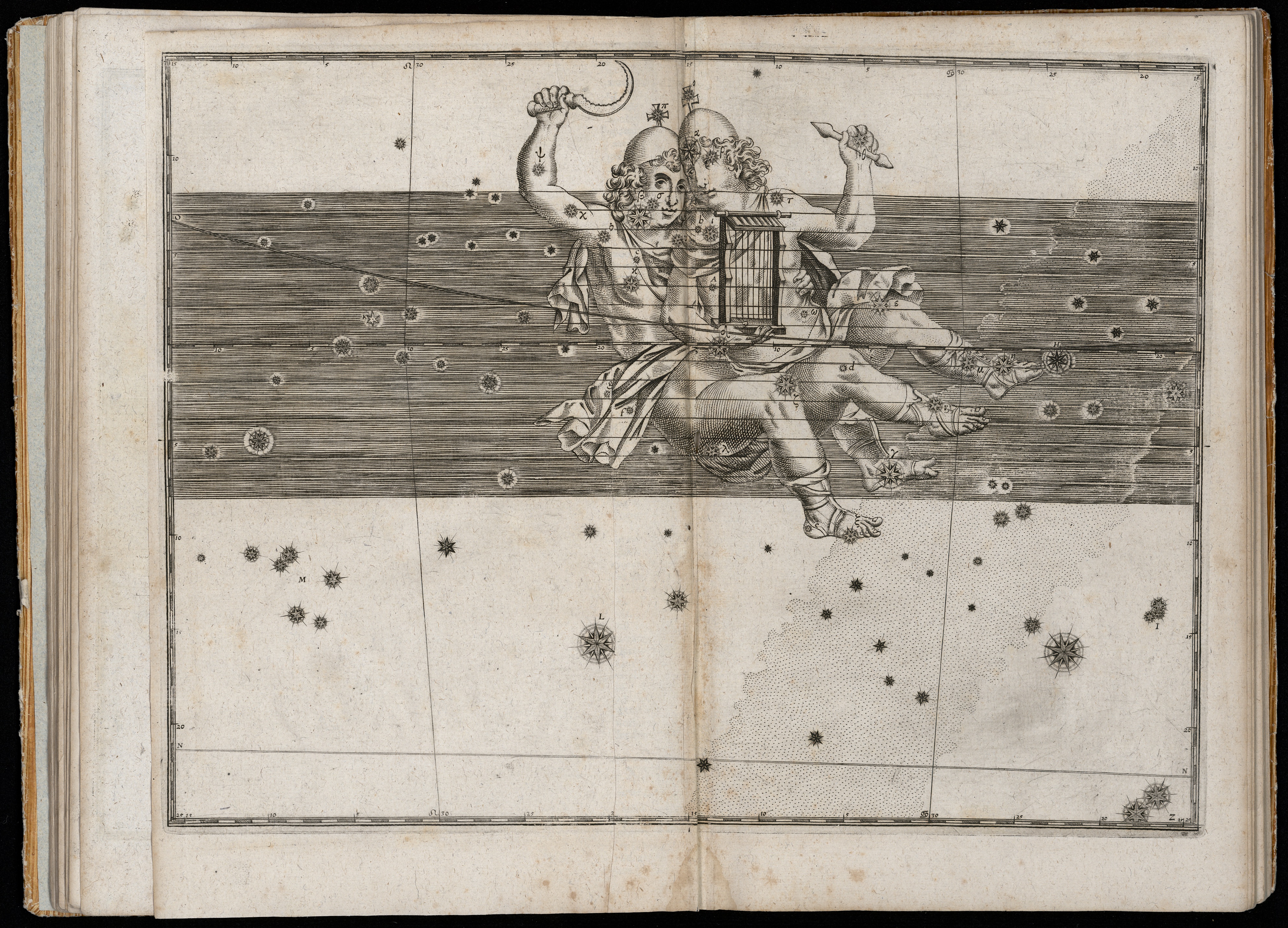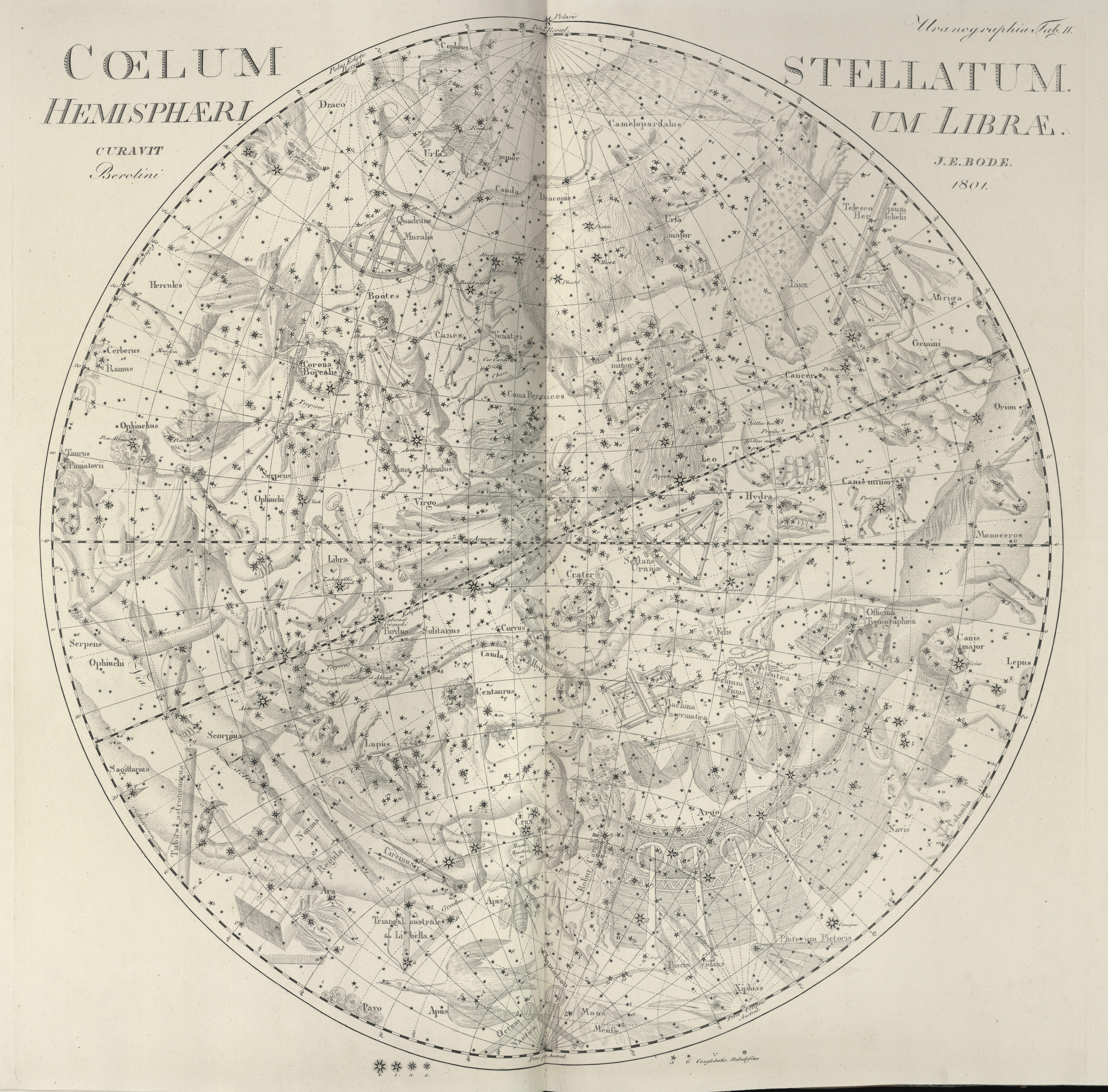Gem - Gemini the Twins
Intro and Visual description
Look for the two bright stars, Castor and Pollux, which form one vertex of the Winter Hexagon. Castor is closer to Capella, in Auriga on the north; and Pollus is closer to Procyon, in Canis Minor on the south. Cancer and Leo lie to the east.
The Geminids meteor shower occurs around October 19.
Special Stars
Castor, on the Capella side, is actually six stars in one, ceaselessly revolving around one another in an intricately-choreographed cosmic dance. Castor lies at a distance of 45 light years, and is a little less bright than Pollux.
Pollux is the nearer of the twins, about 35 light years from the sun.
Origin and History
Gemini is included in the ancient star catalogs of Eudoxos of Knidos, Aratos of Soli, and Ptolemy.
Skylore, Literature and Culture
To the Greeks, Castor and Pollux were the twin sons of Zeus and the mortal woman Leda. Homer’s Iliad tells how the beauty of their sister Helen "launched a thousand ships" in the Trojan war. After Castor’s death, Pollux was overwhelmed with grief, and wanted to share his immortality with his twin. Finally Zeus reunited them by placing them together in the heavens. With the oath "By Jiminy," sailors revered the Gemini twins as the Protectors of ships.
In Middle Earth, Gemini may have been known as Telumendil (Skyfriend). Telumendil was said to be above Orion, set as a companion for him. (Rachel Folmar)








